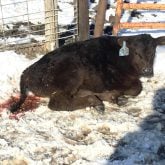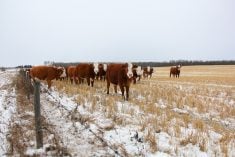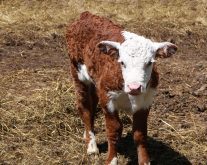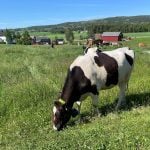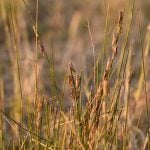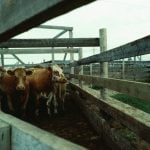Jim stopped by the clinic to pick up vaccine, dewormer and meloxicam for processing calves on the weekend. He asked if we could talk privately. We went to my office and closed the door.
“I think I have a problem and need your advice,” Jim said.
“Just before coming to town, my 15-year-old son came in from milking with news that our milk cow acted very strangely when he tried to feed her. She seemed aggressive and lunged at him when he gave her grain. She seemed anxious and he couldn’t milk her. Then he noticed a skunk trying to share the cat’s dish and it chased both cats away.
Read Also
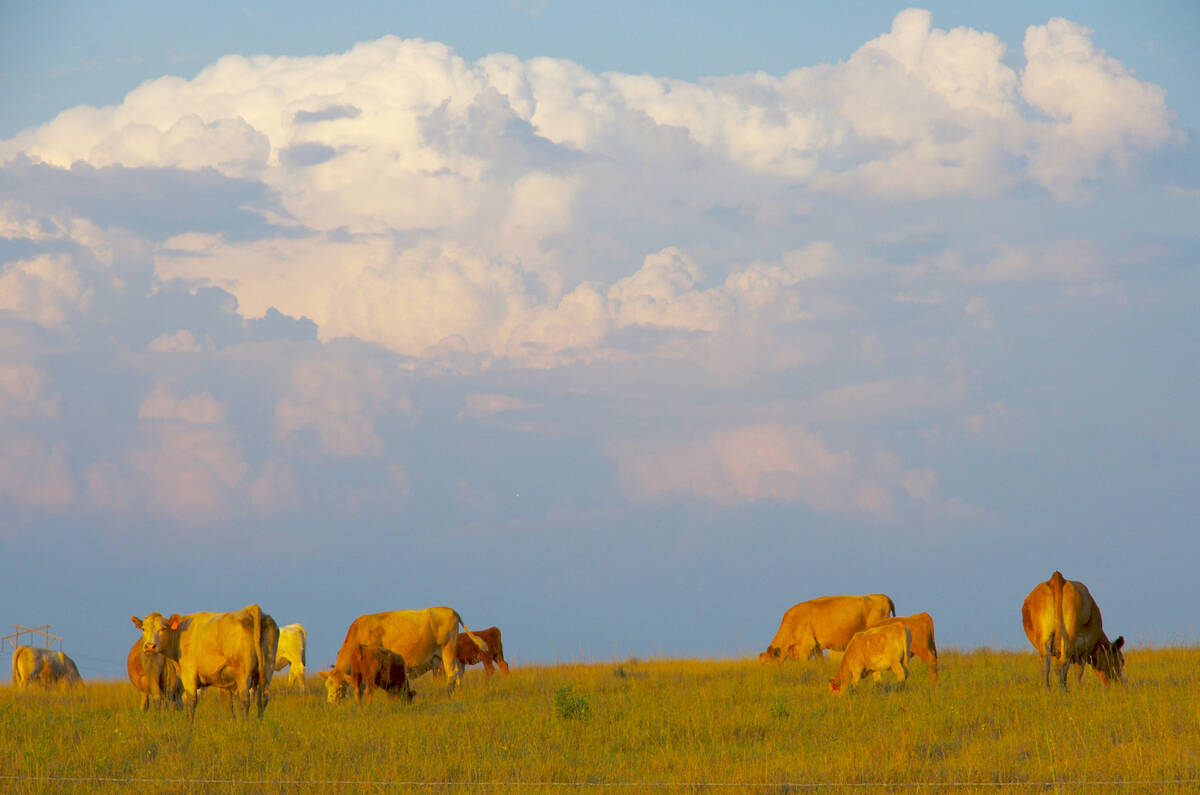
Canadian Beef Check-Off Agency reports on investments and activities
The check-off agency’s work behind the scenes is what ensures cattle check-off dollars are invested wisely, accounted for transparently and deliver measurable value back to producers and importers.
“I think we are dealing with rabies, my son said. You better talk to Doc when you go in this morning for supplies.”
- RELATED: Six tips to avoid rabies exposure
Jim, always a worrier, wanted me to go out as soon as I could to pass judgment and give them guidance on what needed to be done. Jim seemed particularly worried the family used unpasteurized milk.
Did that present a risk to anybody of contracting rabies?
I assured Jim that through my years in practice, cows had never been blamed for transmitting rabies to another animal or humans. They seemed to be dead-end hosts while excreting virus in most body fluids, including saliva and milk. There never have been published reports of people contracting rabies through the consumption of milk.
But “maybe” never seemed enough with a disease such as rabies. Most people brave enough to put their hands in the mouths of affected cattle thinking “choke” is the cause of excess salivation ended up taking post-exposure prevention (PEP).
Human rabies carries with it nearly a 100 per cent case fatality rate. PEP is completely effective, so mass exposure incidents prompt administration of rabies immune globulin and vaccine even if the circumstances do not meet the criteria of exposure. For more, see U.S. publications such as JAVMA, American Journal of Public Health, Advisory Committee on Immunization Practices.
I arrived midafternoon at Jim’s farm. The cow in question had become recumbent and died soon afterward. We contacted the Canadian Food Inspection Agency (CFIA) and submitted the brain. We were notified of a positive diagnosis of rabies within two days.
Jim and his son Ryan located the skunk den and eliminated the residents using poison gas and poisoned eggs. Non-pasteurized milk disappeared from the farm menu. The dog was revaccinated; the cats were destroyed, and their replacements were brought to the clinic in a gunny sack and vaccinated through the fabric while restrained with gloves. Resident horses were vaccinated for rabies along with two resident 4-H steers.
At the time, rabies control fell under CFIA purview and I made regular visits to check on the health of the farm’s animals. My visits to Jim’s farm were always punctuated with questions about rabies — a disease that never goes away.



